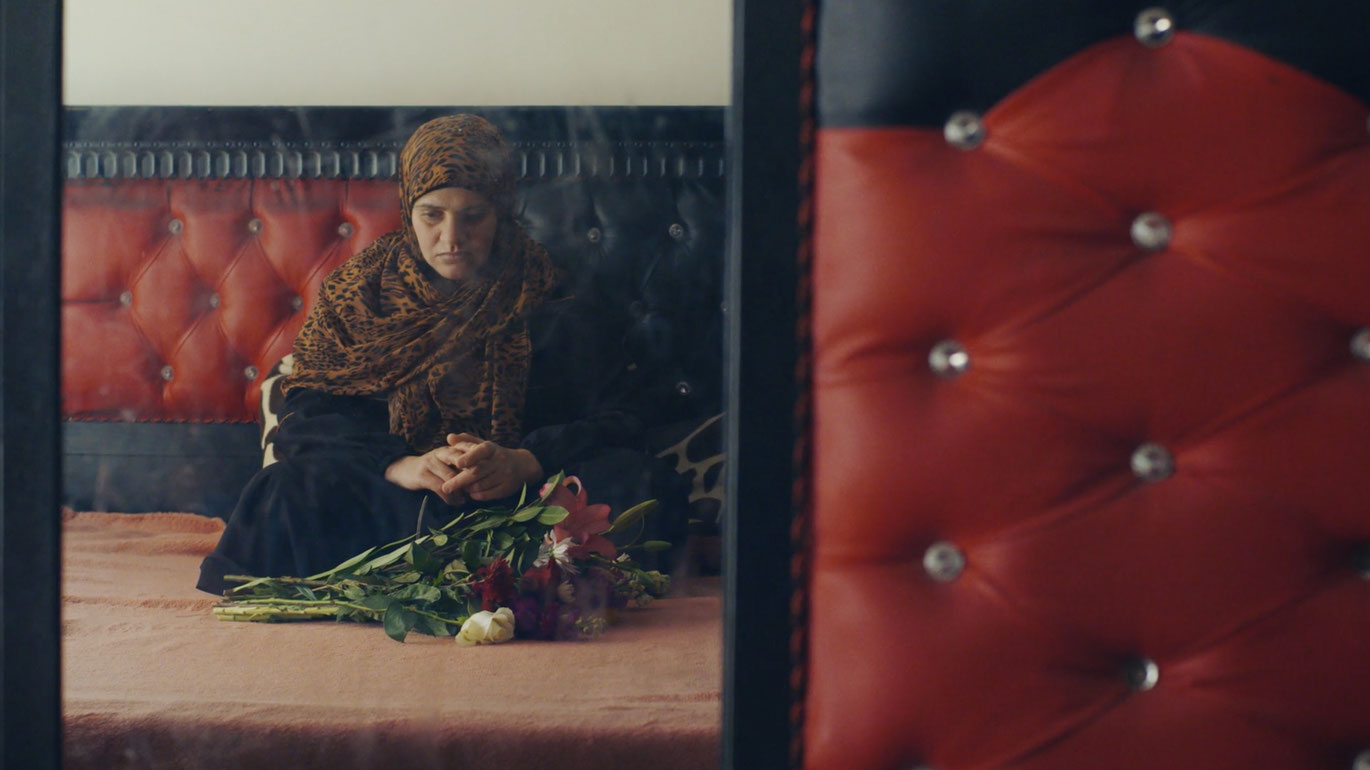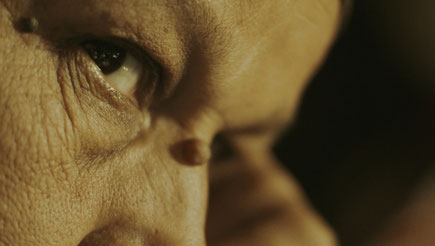ANQA
A small gas stove ignites and provides warmth. In Helin Çelik’s ANQA, a history of violence, biographies of women, and the depiction of a personal “safe zone” are closely interwoven. The “safe zone” are apartment spaces in which three women from the Middle East, who have experienced abuse and domestic violence and who have radically rebelled against it, have finally found quietness. This is a quietness, however, marred by traumatic memories. The protagonists sketchily describe impressions of their unfortunate experiences and the associated feeling of hopelessness that sometimes still haunts them at night. But their situations also caused them to take actions that excluded them from their social communities. They were called “crazy” and “the remains of a woman”. In the narrative’s being limited to fragments, their lives, their survival, becomes palpable and understood as hard-won – their stories need not be reproduced in specific detail.
At the same time, Çelik describes a space from which they can escape the “coldness” that still “afflicted a woman under the sun”, this “underground feeling”. Raquel Fernández Núñez's camera gets close to the faces, but also captures physical affections, details of hands or feet touching each other. The interiors are continually shown in warm colors; the wall hangings and curtains, which in one scene are first drawn across a kitchen front, counteract the recapitulation of the past. The fabrics are not smoothed out, however – creases and hard cut edges remain. There are surreal disturbing moments: ANQA does not describe a false sense of security, but creates a poetic associative space in which the “care” activities of the women still bear witness to the ambivalence they feel towards life. (Dominik Kamalzadeh)
in cooperation with die regisseur*innen & Gewächshaus


